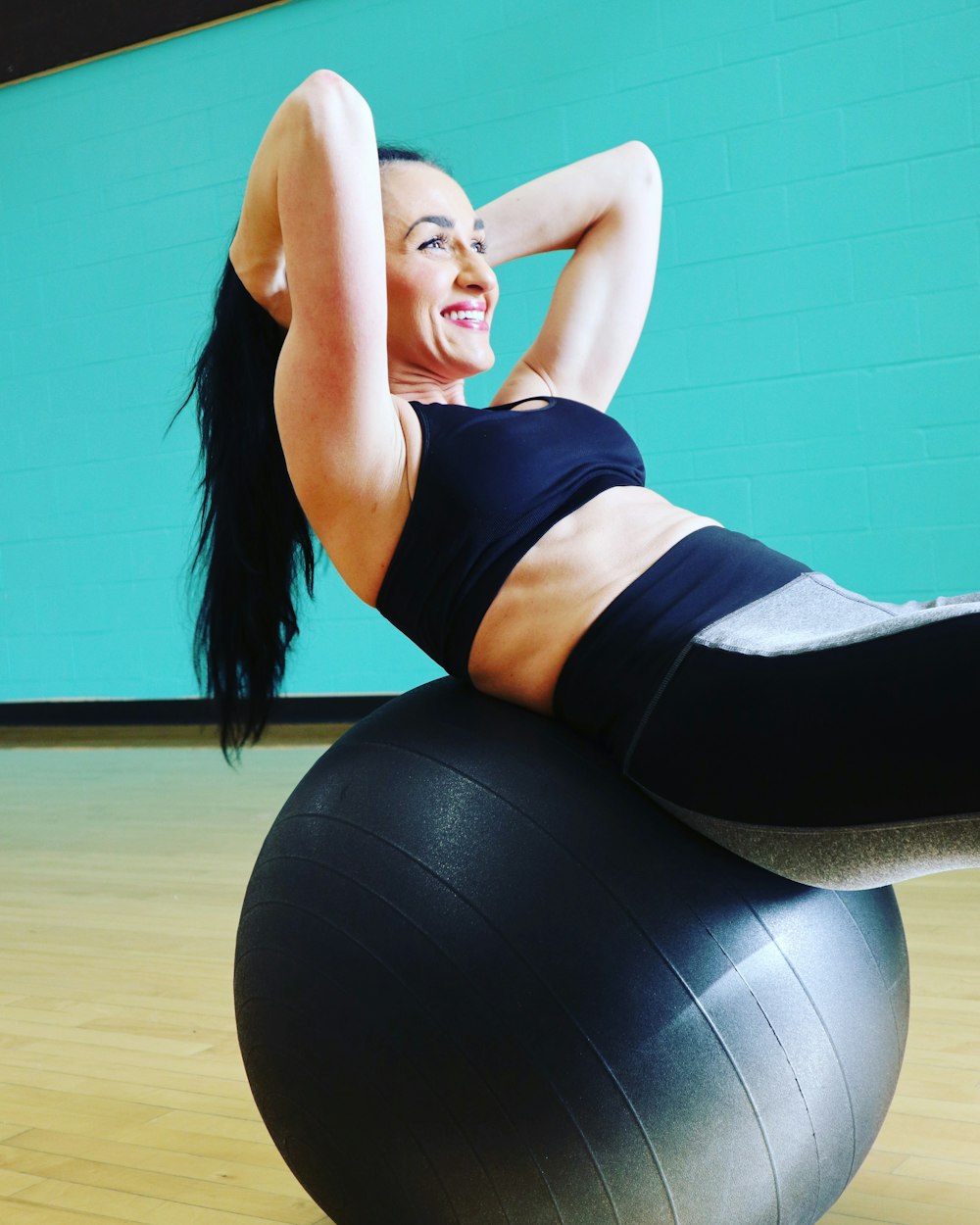目次
ブレーシングとドローインはどちらが効果的?
理学療法士・作業療法士が下部体幹筋群の安定化を目的としてトレーニングを指導する機会は多いと思います.
下部体幹筋群の安定化を目的としたトレーニングにはドローインとブレーシングといった方法が存在します.
この2種類の方法は腹部の空気を貯めたまま空気を吐き出すか,腹部の空気を出しながら空気を吐きだすかといったところに大きな相違があります.
結局のところブレーシングとドローインはどちらが効果的なのでしょうか?
今回はブレーシングとドローインはどちらが効果的かを考えるうえで参考になる論文をご紹介させていただきます.

今回ご紹介する論文
A Comparative Study Arch Phys Med Rehabil. 2007 Jan;88(1):54-62. doi: 10.1016/j.apmr.2006.10-014.
Quantification of lumbar stability using two different abdominal activation strategies
Sylvain G. Grenier1 and Stuart M. McGill
Affiliation(s) Expanded
PMID: 17207676 DOI: 10.1016/j.apmr.2006.10.014
今回ご紹介する論文は2007年に掲載された論文です.
研究の目的
Objective To determine whether the abdominal emptying technique is more effective than the full abdominal co-contraction technique in stabilizing the lumbar spine.
腰椎を安定させるために,ドローインがブレーシングよりも効果的であるかどうかを明らかにすることを目的としております.
研究の方法
Design A within-subjects repeated measures analysis of variance was used to examine the effects of each of the four loading conditions in combination with the abdominal hollowing method or bracing condition on the dependent variables of stability and compression. Simulations were also performed to evaluate the results when the person activated only the transversus abdominis muscles during the hollow
被験者内繰り返し測定分散分析を用いて,4つの荷重条件それぞれとドローインまたはブレーシングの組み合わせが,従属変数である安定性と圧迫に及ぼす影響を検討しております.
またシミュレーションを実施し,人がドローイン時に腹横筋だけを活性化させた場合の結果を評価しております.
研究セッティング
この研究は研究室で行われた研究です.
研究の対象
Participants: 8 healthy males (age range 20-33 years).
対象は健常男性8例(年齢層20~33歳)となっております.
介入
Intervention. EMG and spinal momentum were recorded while wearing an abdominal brace and hollow, with bilateral or asymmetric weights supported on each hand.
両手に両側または非対称の重錘を把持して,ブレーシングとドローインで筋電図と脊椎運動量を記録しております.
主要アウトカム
Main outcome measures Spinal stability index and lumbar compression were calculated.
主要アウトカムとして脊椎安定性指数と腰椎圧迫を算出しております.
研究の結果
Results In the “ideal case” of the simulation, the bracing technique improved stability by 32% and increased lumbar spine compression by 15%. The transversus abdominis contributed 0.14% to the stability of the bracing pattern and less than 0.1% to the compression.
シミュレーションの「理想的なケース」において,ブレース法は安定性を32%向上させ,腰椎の圧迫を15%増加させることができました.
腹横筋はブレーシングの安定性に0.14%寄与し,圧迫は0.1%未満でありました.
研究の結論
Conclusions Whatever the underlying benefit of low-load transversus abdominis activation training, it does not appear to be mechanical. There appears to be no mechanical basis for the use of abdominal dimples or transversus abdominis muscles to enhance stability. Bracing produces a pattern that enhances stability more.
低負荷の腹横筋活性化トレーニングの基礎となる利点が何であれ,それは機械的なものではなさそうであります.
安定性を高めるために腹部のくぼみや腹横筋を使用することには,力学的な根拠はないようです.
ブレーシングは安定性をより高めるパターンを作り出すことが明らかとなりました.
今回はブレーシングとドローインはどちらが効果的かを考えるうえで参考になる論文をご紹介させていただきました.
今回の結果から考えるとドローインよりもブレーシングの方が脊椎の安定性を向上させるためには有効だということになりますね.
結局のところうまく使い分けることが重要でしょうね.






